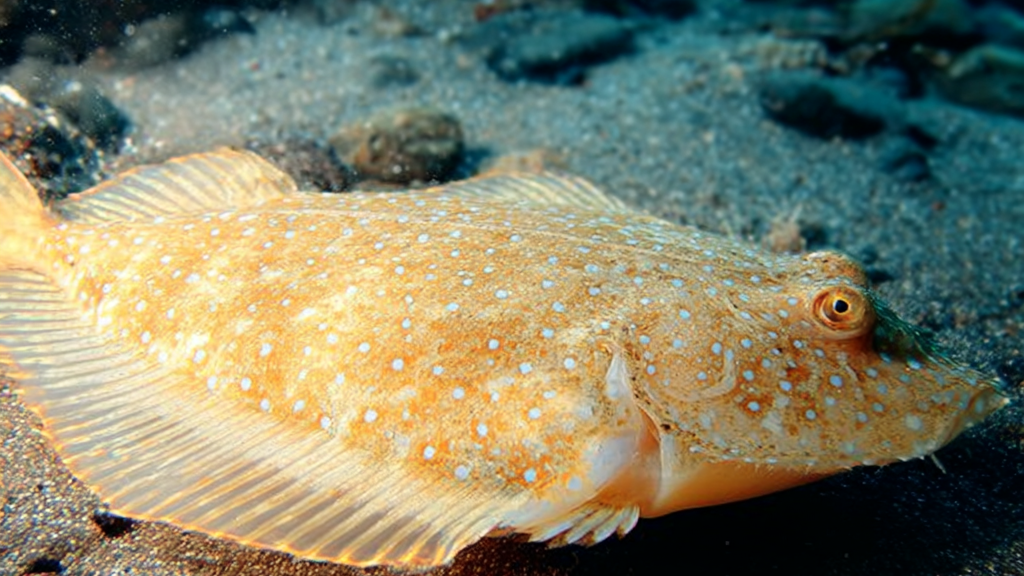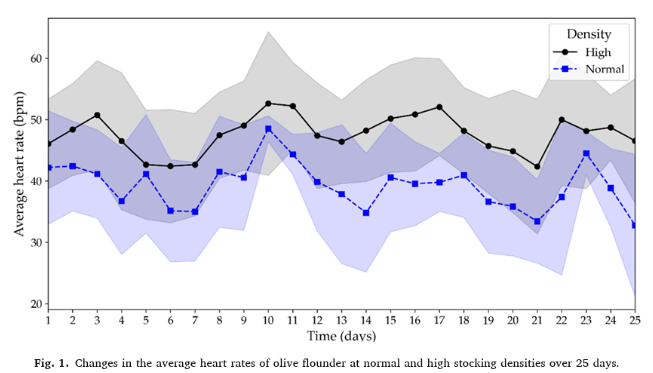News

High-density farming raises stress in olive flounder
Olive flounder (Paralichthys olivaceus) is the cornerstone of South Korea’s aquaculture industry, accounting for about 81% of land-based tank-reared fish production between 2006 and 2023. Maintaining competitiveness across farms requires efforts such as improving aquaculture conditions, selective breeding, optimized feed, and efficient management. However, the high-density rearing practices often used to reduce production costs can increase disease risk and suppress growth.
A recent study published in Aquaculture by researchers from Chonnam National University and the National Institute of Fisheries Science in South Korea aimed to move beyond traditional stress indicators such as cortisol. The team instead measured heart rate (HR) and heart rate variability (HRV), a key indicator of the autonomic nervous system activity, to better understand how fish respond to crowding stress.
Monitoring flounders under different densities
After a 14-day acclimation and a 5-day recovery period following tag implantation, 16 olive flounders were equipped with Star-Oddi's implantable bio-loggers DST milli-HRT. Fish were distributed across four tanks, two maintained at normal density and two at high density, following national stocking guidelines of 12-32 individuals for normal and 18-48 individual for high based on average weight of 600g. Heart rate data were recorded every 20 minutes, and electrocardiogram (ECG) signals were sampled at 100 Hz every 3 hours over a 25-day monitoring period. HR data were processed with Mercury software, and ECG signals analysed using HRT Analyzer freeware.
Crowding increases heart rate and reduces HRV
Results showed that fish in high-density tanks had significantly higher average heart rates (47.6 ± 3.0 bpm) than those in normal-density tanks (39.3 ± 3.7 bpm). This elevation closely mirrored plasma cortisol levels, which were also higher under crowded conditions. In contrast, heart rate variability (HRV), measured as the coefficient of variation (CV), was significantly lower in the high-density group, indicating reduced autonomic flexibility and higher physiological stress.

Implications for aquaculture
The study highlights that high-density rearing induces measurable stress in olive flounder, evident in both cardiac and hormonal responses. These findings emphasize the need for density management in land-based aquaculture systems to support fish welfare and production efficiency.
The use of real-time cardiac bio-logging provides a powerful tool for continuous monitoring of fish stress, offering new insights that go beyond traditional cortisol-based assessments.
The paper was published in Aquaculture, and can be found here